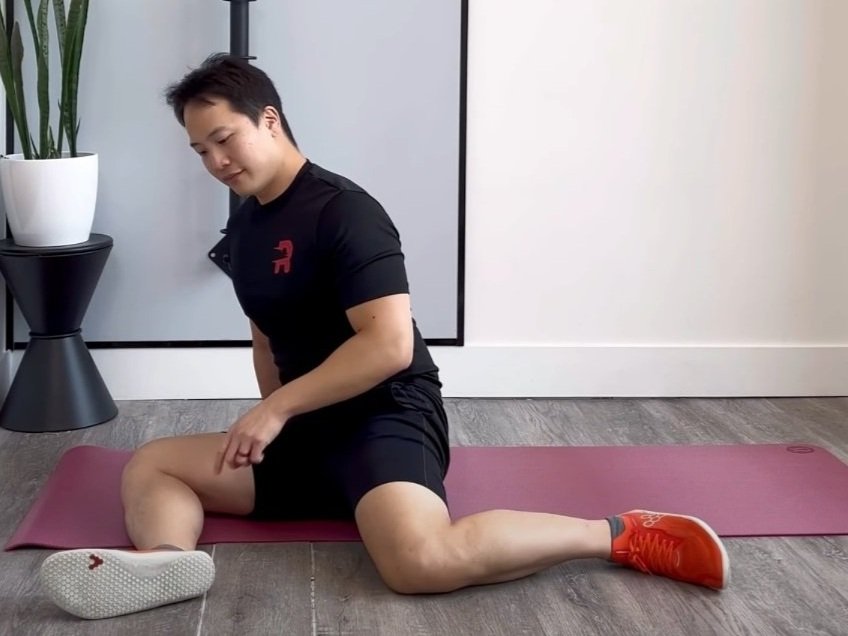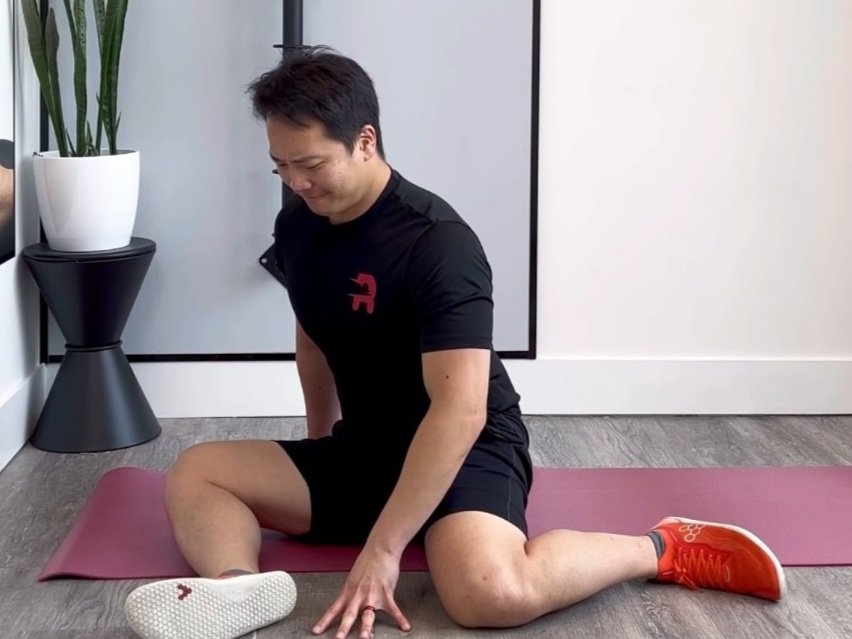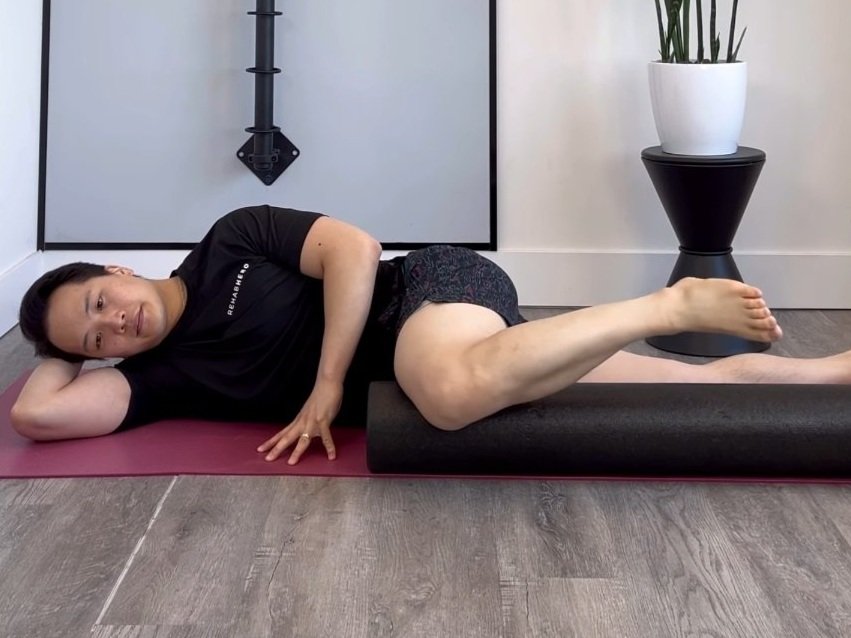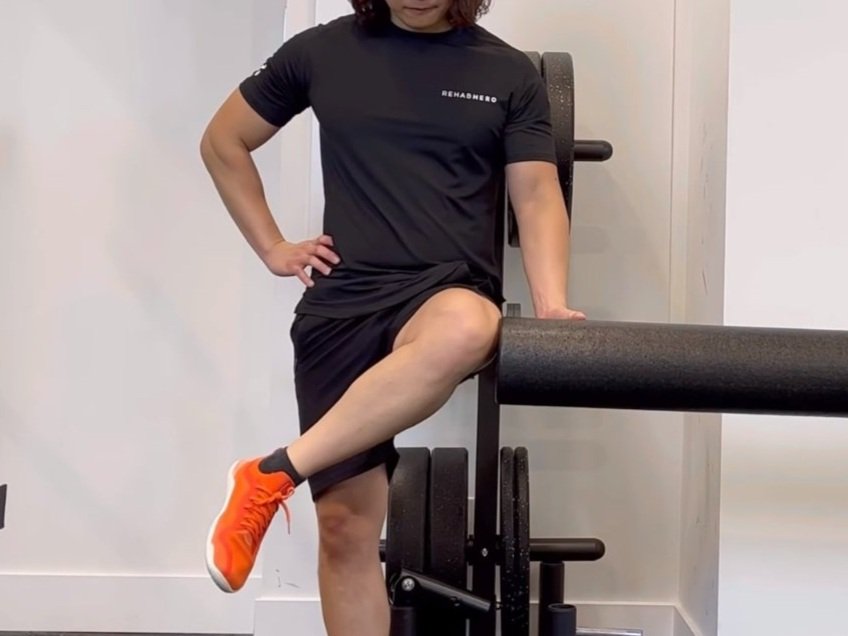What is hip osteoarthritis?
What is Osteoarthritis?
Osteoarthritis is the most common form of arthritis and is a chronic joint disease. With this condition, there is a progressive loss of the cartilage that cushions the joints. Cartilage plays a crucial role in joint health and function. It reduces friction between the bones that make up a joint and allows for smooth movement between structures. Osteoarthritis is most commonly seen in the hands, hips, knees, and spine. Due to the loss of cartilage, in some individuals, they experience pain, stiffness, and reduced mobility. Osteoarthritis is more common in older individuals and is strongly linked to aging. Although, it is more common in older individuals, it can also occur in the younger population as well, especially if they have underlying risk factors.
Hip osteoarthritis directly affects the hip joint. It may involve inflammation and damage to the synovial membrane that lines the joint. In advanced stages, formation of bony spurs, narrowing of joint spaces, and joint deformity may occur. Early diagnosis and treatment can help slow down the progression of the disease and improve overall joint function and quality of life.
Typical Symptomatic Presentation
Deep, achy pain in the groin, buttock, thigh, or knee
Morning stiffness for less than 30 minutes
Limited mobility
Pain improvement with rest and mild activity
Pain aggravated after excessive weight bearing activity
Snapping or popping may be noted
Pain at night
Instability, locking, sticking, or catching sensation
Increased joint pain with rainy weather
Risk Factors for Osteoarthritis
Modifiable Risk Factors:
These are lifestyle or environment factors that can be changed or modified to reduce the risk of developing hip osteoarthritis. Addressing modifiable risk factors can lead to significant improvements in health outcomes and can be an important aspect of disease prevention and management.
Muscle weakness
Repetitive stress and overuse
Highly physical workload
Obesity
Avascular necrosis
Non-Modifiable Risk Factors:
These risk factors cannot be changed and awareness of these can help individuals make informed decisions about their health. People will be able to take appropriate steps to manage any potential risks. Early screening can help identify individuals who may be at higher risk of developing certain conditions due to non-modifiable risk factors.
Age
Gender (more common in females > males)
Genetics (family history of osteoarthritis)
Endocrine, metabolic, and neuropathic disorders
Developmental or acquired deformities
Treatment Options
The treatment options of hip osteoarthritis aim to reduce pain, improve mobility, and slow the progression of the disease. The most appropriate treatment plan for hip osteoarthritis will depend on the severity of the disease, the individual’s overall health, and their personal preference and goals for treatment. The management of hip osteoarthritis can be divided into conservative (non-operative) or surgical (operative) measures.
Conservative treatment options are non-invasive that aim to manage symptoms and slow the progression of a disease. They are generally considered safer and have fewer risks than more invasive treatment options such as surgery. Conservative management is conventionally the first line of treatment to avoid or delay the need for surgery. Compared to surgical treatment options, these are typically invasive interventions reserved for individuals who have not responded to conservative treatment or who have more severe symptoms or joint damage.
Conservative Management:
Physical therapy
A licensed practitioner, including a chiropractor, physiotherapist, naturopath, massage therapist, and more, will work with the individual to develop a personalized exercise program aimed at strengthening the muscles surrounding the hip joint. This will in turn improve flexibility and range of motion and reduce pain and stiffness. The specific exercises and techniques used will depend on the individual’s unique needs and abilities, as well as the severity of their hip osteoarthritis. Physical therapy for hip osteoarthritis may include low-impact exercises such as stationary cycling or aquatic exercises. Targeted stretching and stretching exercises will also be recommended to address specific muscle groups. In addition to exercise, physical therapy may include other interventions such as manual therapy, ice or heat therapy, and more.
Manual therapy, such as mobilization techniques or soft tissue therapy, can be used to reduce pain and improve joint function. These techniques involve hands-on treatment of the affected joint and surrounding tissue. They are used to improve range of motion and stiffness. Ice and heat therapy can be used to manage pain and inflammation associated with hip osteoarthritis. Ice can be applied to the affected area to reduce inflammation, while heat can help improve circulation and promote relaxation of tense muscles.
Weight management
Maintaining a healthy weight is important for quality of life and can help ease the pain of osteoarthritis. By maintaining a healthy weight, it can reduce pressure on your joints by decreasing joint impact and slow cartilage loss. A study in 2014 by Bliddal, et al., found that there is a strong association between increasing BMI and total hip replacements. Healthy weight management can decrease inflammation in the body. Inflammation may worsen symptoms of osteoarthritis. Excess amounts of fat in the body may create and release chemicals that promote inflammation.
Assistive devices
Assistive devices can be helpful for individuals with hip osteoarthritis and have limitations in mobility or chronic pain. These devices can help reduce stress on the affected joint and improve overall function and quality of life. These may include canes, crutches, or braces to help support the joint and reduce pressure on the affected area. The use of assistive devices can allow individuals to participate in daily activities and exercise programs that may be otherwise difficult. It is important to work with a healthcare professional to ensure proper fitting and use of these devices.
Medication or corticosteroid joint injections
Medications such as acetaminophen, nonsteroidal anti-inflammatory drugs (NSAIDs) may be used to manage pain and inflammation in individuals with hip osteoarthritis. Injections of corticosteroids or hyaluronic acid may also provide relief for some individuals. However, it’s important to speak with a general practitioner to determine which medication or injection is appropriate for individual cases to discuss potential risks and side effects.
Surgical Management:
For individuals with more severe symptoms or joint damage, surgical options such as hip arthroscopy, joint fusion or joint replacement surgery may be recommended by their general practitioner. Hip replacement surgery involves removing the joint and replacing it with an artificial joint made of metal or plastic.
Exercises for hip osteoarthritis
Exercise is an important aspect of managing hip osteoarthritis. Exercises will be focused on strengthening the muscles surrounding the hip. Gentle exercises will be introduced first and will gradually increase in intensity and duration over time. Regular exercise will aid in joint mobility, strength, and pain. Here are examples of exercises that help relieve the symptoms of hip osteoarthritis:
Written by: Dr. Jessica Luc
Dr. Jessie is a chiropractor that practices at Rehab Hero North York. With a background as a high level athlete, she helps her patients transform their pain to performance. Outside of the clinic you can find her playing ultimate frisbee or lifting weights.






















